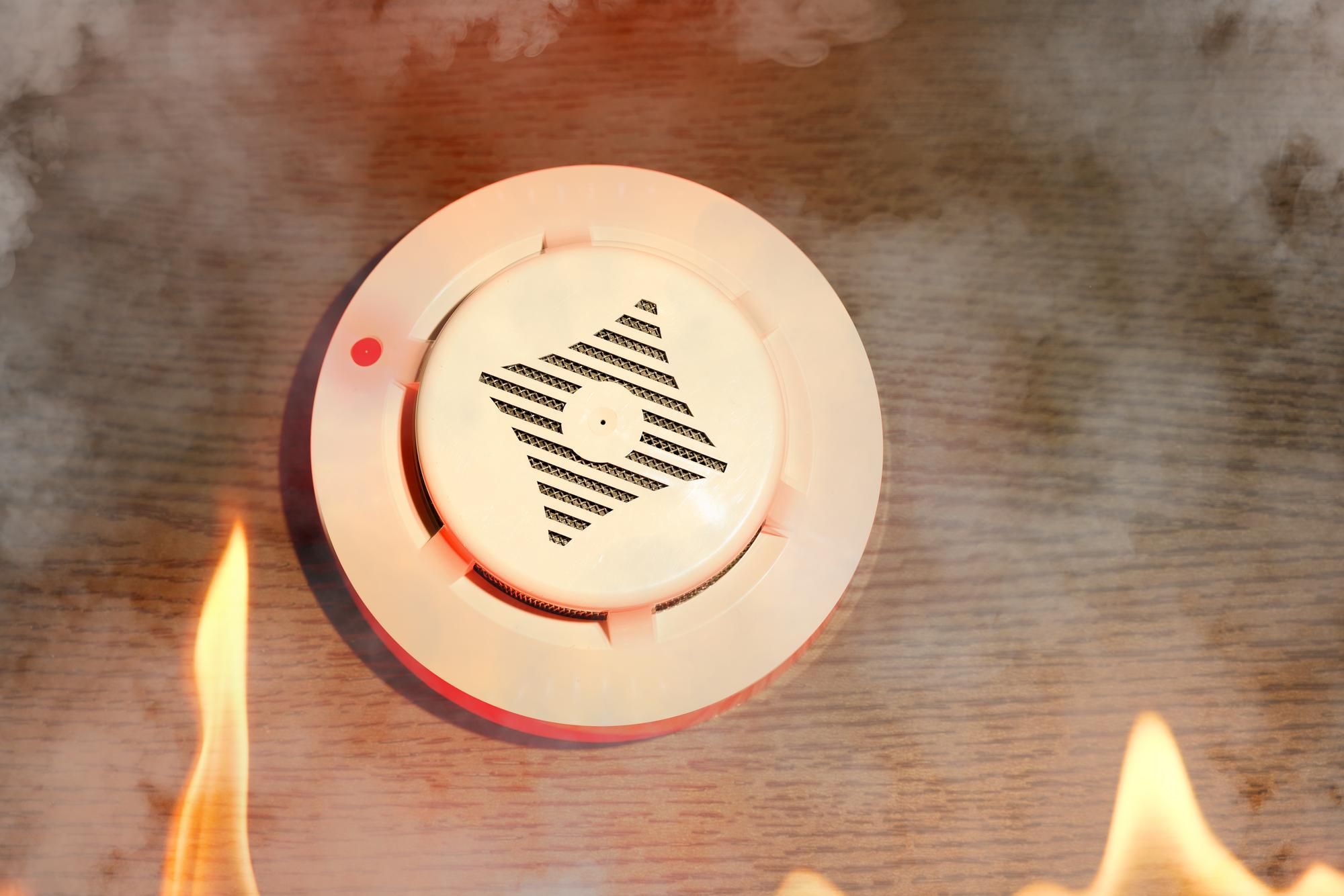
Choose the Ideal Supplier for Fire Alarm Device
Rayde Company specializes in supplying Fire Alarm Device of various types that hold certifications from internationally recognized testing laboratories approved by civil defense authorities. These Fire Alarm Device comply with the general safety requirements for buildings and facilities, aiming to meet customer needs and minimize fire losses as much as possible.
One of the tools for the safety of public and private spaces, known for their high effectiveness in triggering alarms, is designed to detect smoke and temperature changes, warning people in the vicinity to minimize potential risks. Rayde offers a variety of different fire alarm detectors.
Rayde for Fire Protection Engineering Consultations is a certified company by Civil Defense and several government entities. It works on finding integrated, effective, and innovative engineering solutions and establishing strategic partnerships for fire protection and prevention.
Approving civil defense plans Designing safety plans, issuing safety licenses, approved safety report, engineering consulting office, designing and approving a safety plan, issuing a technical report.